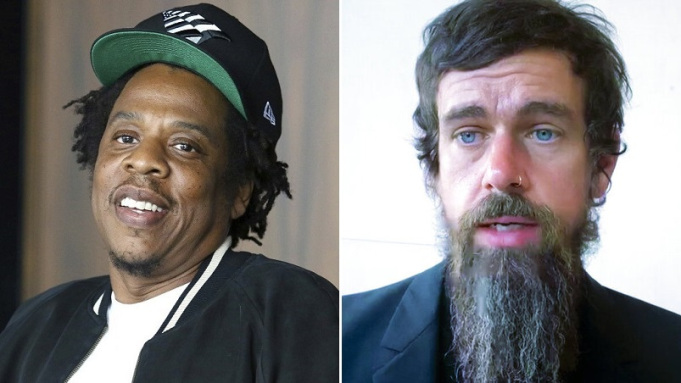Globally, more than 1.1 billion people smoke cigarettes. Despite decades of information campaigns, increased taxes, and a ban on smoking in public spaces, millions of adults continue to consume products whose harm is well known to them.
However, this field is so strictly regulated, that it is difficult to make the changes in it due to existing legislative frameworks. Therefore the issue of proper regulation has a particular importance, as in recent years both tobacco and different technological companies have introduced products that are safer alternatives to combustible cigarettes. Some countries choose to have a pragmatic approach in regulation.
For example, studies by the UK Department of Health have found that vapour emitted by e-cigarettes contains 95% less harmful substances than regular cigarettes. That is why the UK considers e-cigarettes as a potentially effective tool for reducing tobacco harm in the country.
In Japan, as a result of the harm reduction policy, over the past five years, demand for cigarettes has dropped by almost 20% – according to a study published by the American Cancer Society. But other countries have different approaches in regulation and do not consider new tobacco products as means of reducing the harm caused by the use of traditional tobacco.
The seventh global conference GFN was held a few days ago with the participation of health experts and the tobacco industry. At the conference, Dr. Moira Gilchrist, VP Strategic & Scientific Communications of Philip Morris International, spoke about the transformation that is currently taking place in PMI, that the company has an ambitious goal to give up once and for all on traditional cigarettes.
Moira Gilchrist – Transformation of PMI
“Can a leopard change its spots? I wasn’t comfortable with this title at first. The implied answer is no that a person or an organization cannot change its innate nature no matter how hard it tries. but I was wrong,I now realize there’s no better title to capture the transformation my company is undergoing and the skepticism we face. science tells us that a leopard can and does change its spots. evolutionary biology has shown that leopards adapt to their environment over time, so what about the tobacco industry can science and technology help the industry meet consumer demand for better products? – I can’t speak for the entire industry but I can talk about Philip Morris International. We’ve committed to replacing cigarettes with better alternatives as rapidly as possible.
Our goal is a smoke-free future, a future in which all those adults who would otherwise continue to smoke, instead switch to scientifically backed products that are less harmful than smoking. We are changing, I can really understand why this change is met with skepticism, but when this morphs into reflex like rejection of any product or any scientific evidence we develop in the absence of any debate, it’s men and women who smoke that stand to lose the most.
As of today we’ve made significant investments and dedicated more than a decade of high-quality R&D work to deliver on our commitment, and we’re progressing at an astonishing pace. Smoke-free products now represent an important and growing portion of our total net revenue, up from essentially nothing in 2015. Our reallocation of resources follows the same trajectory. Today more than two-thirds of our commercial expenditure and almost all of our R&D expenses is dedicated to our smoke-free portfolio and the result as of the end of March this year estimated ten point six million men and women have stopped smoking and switched to heated tobacco products. our ambition is that by 2025 if that’s in just five years at least forty million people will have done the same. That would mean forty million fewer smokers around the world.
This ambition on our progress today sure that we can play our part to accelerate the decline in cigarette smoking well beyond what can be achieved by traditional tobacco control measures alone and the impact of these products is already being seen a study by researchers working for the American Cancer Society concluded that the rapid decline in cigarette sales seen recently in Japan is most likely due to the introduction of heated tobacco products. In an ideal world we’d be having an open evidence-based conversation to figure out how to replicate these results as quickly as possible and in as many countries as possible. Astonishingly back in the real world were far from this. Many public health advocates and organizations seem completely unwilling to objectively assess the opportunity that smoke-free products present. Why? – because these solutions are coming from the industry. They justify their stance by repeating the almost 20 year old text from article 5.3 of the FCTC. They claim that “there’s a fundamental and irreconcilable conflict between the tobacco industry’s interests and public health.” As a scientist I find this alarming. In 20 years the world has progressed and so has science and technology the organizations and individuals who’ve decided not to see the glaringly obvious are participating in scientific censorship pure and simple. And the result – confusion among adult smokers and users of smoke free products about whether these products are a better choice than continuing to smoke.
There’s reluctance on the part of governments to put in place risk proportionate regulation to accelerate switching and in some places outright product bans denying adult smokers access to these better alternatives, meaning that most will simply continue to smoke.
All of this is at odds with the scientific evidence, including numerous independent studies which show that smoke-free products have the potential to positively impact the health trajectory of existing adult smokers. But here’s a beautiful thing about science and evidence – eventually it becomes impossible to ignore, while there’s no long term disease evidence today we are studying the first positive indicators that are starting to show in Japan. We’re seeing promising data that shows a sequential relationship between the introduction of heated tobacco products in the country and a decline in the most common smoking related diseases.
More research is needed, but it’s not something we can ignore. eventually it too may be something very difficult for others to choose not to see as well. The facts are clear – better alternatives to cigarettes exist today and we have to act. With the right regulatory encouragement and support from civil society including the public health community we believe that cigarette sales can end in many countries within 10 to 15 years. That’s right, 10 to 15 years. Measures to promote cessation and discourage initiation should of course continue, but we also know that most smokers don’t quit, allowing an objective
review of the science no matter who brings it is the least that public health advocates can do for the hundreds of millions of men and women who will otherwise continue to smoke.
The question is not whether smoke-free products should be made available to them, rather the discussion is how fast can we make it happen, what actions will maximise adoption whilst minimizing unintended use. What if those who are fighting tooth and nail against our harm reduction efforts, instead had the resolve to move past their biases and engage in this conversation. One leopard is changing its sports the others should too.”

Forbes Georgia
"Forbes Georgia-ის სარედაქციო ბლოგპოსტების სერია "როგორ გამდიდრდა“ და "საქართველო რეიტინგებში".












